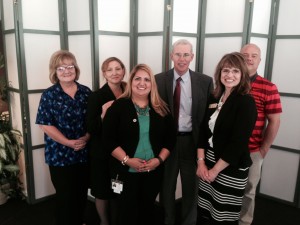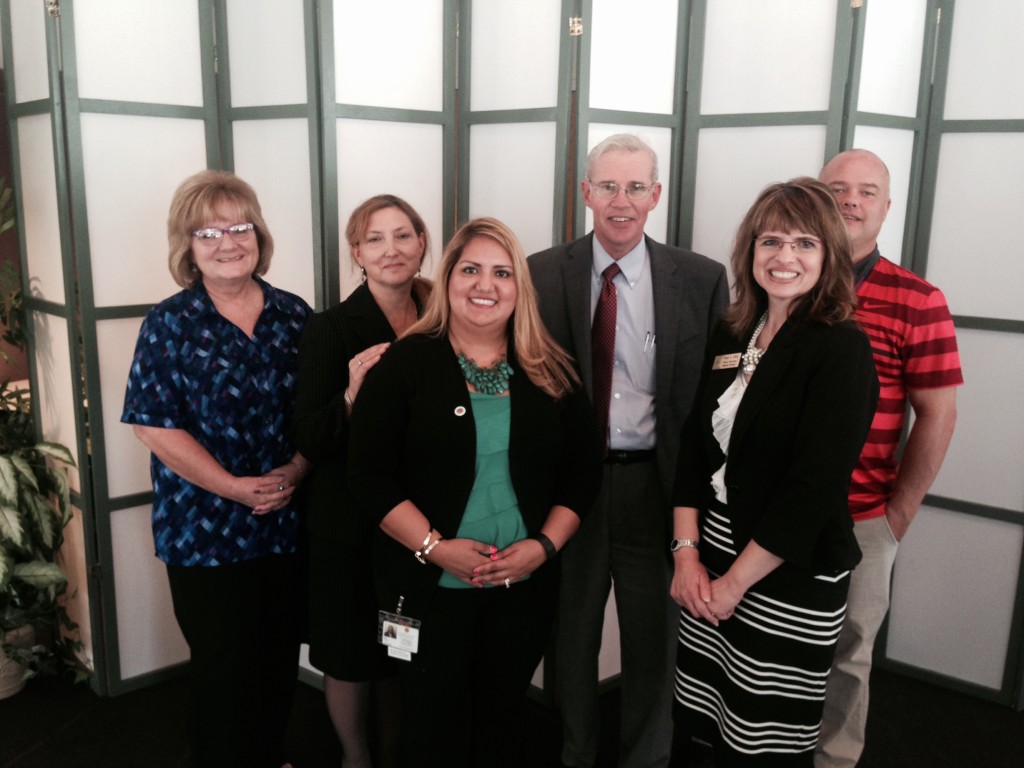One of the biggest challenges in front of business, educators and communities is preparing and having the next generation of workers. Wouldn’t it be great if we could connect the classroom to the workplace (and vice versa) so that workers would be better prepared for jobs in their community?
In my time with the Garland Economic Development Partnership, I had the good fortune to be a part of a program doing just that: qualifying and connecting students to be placed in willing workplaces.
This is the first of three parts describing this program training the next generation of networkers and workers/businesspeople in the local community:
- Establishing the connection.
- Job Matching Day.
- Job Shadowing Day
The initial gathering of the instructors was simple: take a sampling of dedicated instructors who were responsible for guiding students in varied programs. Since this was a pilot program, we wanted make sure we were going the right direction, so we enlisted three instructors and a mentor:
- Sean Denny, North Garland High
- Tracy Glick, Naaman Forest High School.
- Jerri Scribner, Garland High School business education.
- Joseph Walker, Garland High School.
After a few key meetings it became clear that actually putting a professional in a math class (as the original strategic plan objective called for) was NOT going to happen. An instructor’s time with students with non-elective subjects was precious time. From that discussion came the decision to build a job shadowing program with several key employers.
 Ms. Glick and I sat down in late June and crafted a plan that included a schedule with major milestones and targeted specific employers as well as defined a process of how to identify students for the program.
Ms. Glick and I sat down in late June and crafted a plan that included a schedule with major milestones and targeted specific employers as well as defined a process of how to identify students for the program.
Note to anyone taking on a program like this: keep in mind June 30 was only 14 weeks (most of them either summer break time or early classroom time) before the day we had chosen for the job shadowing day.
With this groundwork established, we then were charged with following up on the schedule and actions including selecting and screening students. Since this was a pilot program, we chose to select 10 students from each of the three high schools represented by the three instructors on the team. This made the group a sample of the seven high schools from which we could draw for subsequent events (career day, job fair, for example, and next year’s job shadowing day).
This was an ambitious but very achievable project. Thanks to the hard work of several talented and dedicated educators (I often referred to them as “middle managers”) who knew their students and could navigate the system, we were on the road to placing students in businesses and meeting our objective of connecting workplace and classroom.
Parts II and III of this series explore the next steps of matching and implementing the program.
Relentless


Thank you Paul for an excellent recap of our actions. This endeavor was a great success thanks to you and our local employers. It is critical for our youth to learn in real time what it means to belong to the workforce and explore career options before making decisions that will impact their future. I look forward to continuing to build partnerships and connect education with the workforce. There are many ways for companies to get involved in helping shape the future:
-invite students to observe your business,
-hire an intern, or
-encourage staff to speak to a class or get involved as mentors or judges in student organizations such as DECA, an Association of Marketing Students.